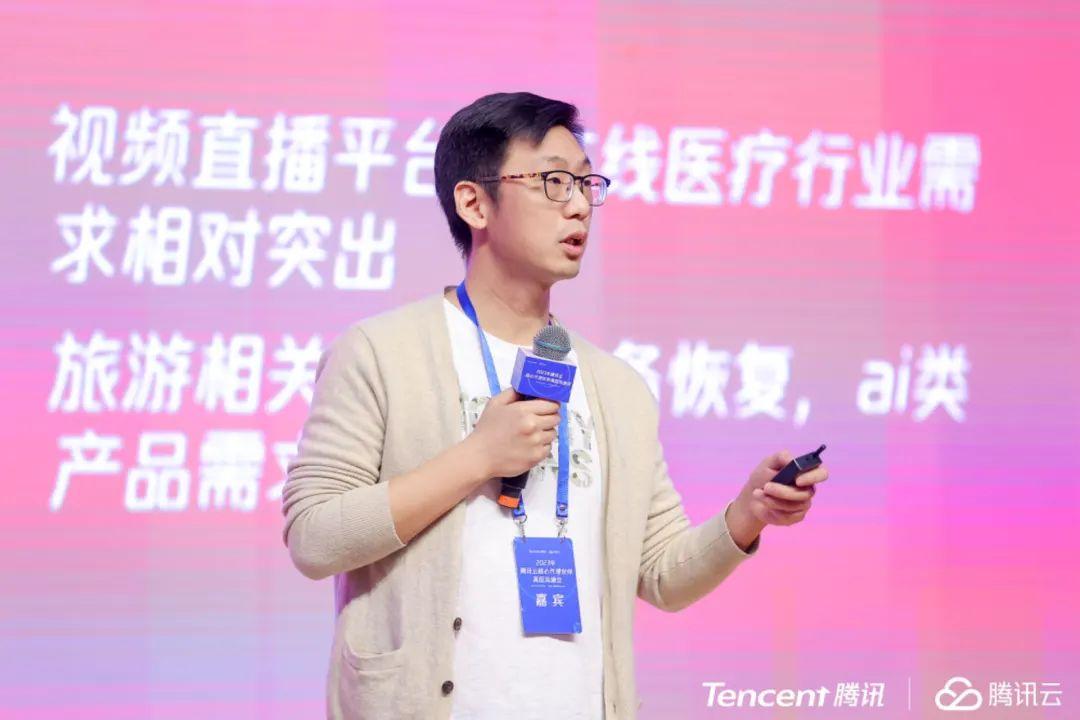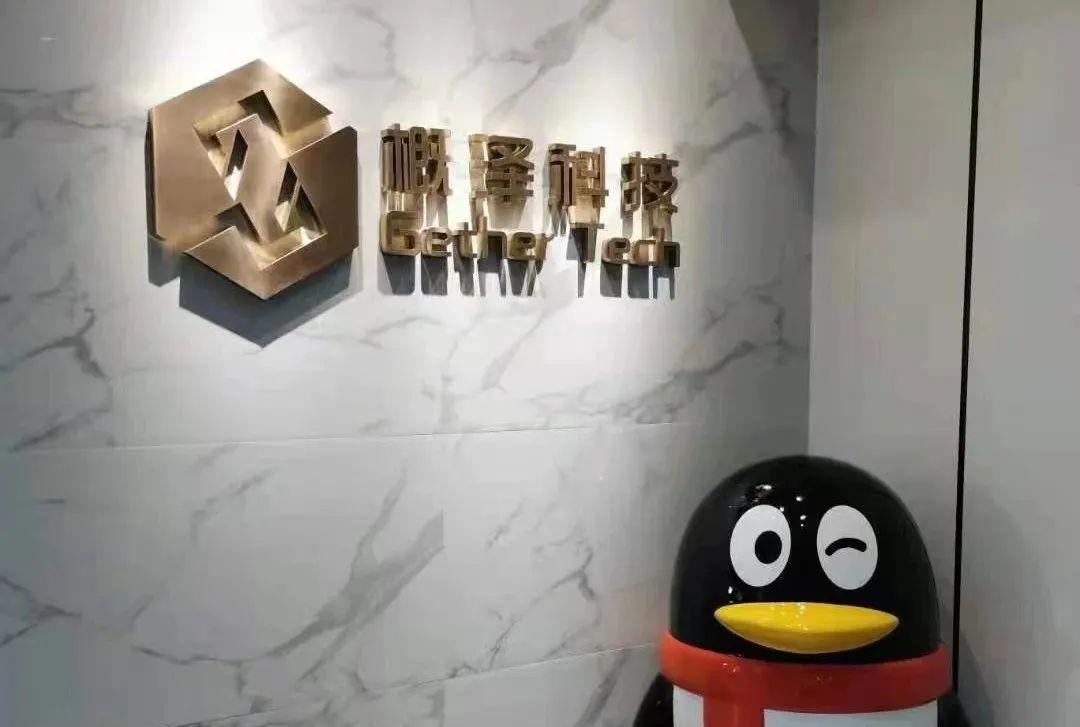A cloud agent decides to revolutionize itself
![]() 10/22 2024
10/22 2024
![]() 494
494

From IDC resale to cloud agency, from internet customers to non-internet customers, and from the domestic market to overseas expansion, how did a cloud vendor seize the opportunities of the times during these three waves?
In 2017, founder Wang Liang and his company, Gaize Technology, were undergoing their biggest transformation since their inception. At that time, Gaize Technology generated an annual revenue of 70 million yuan by reselling IDC services. This was already a remarkable figure for a startup company.
However, during the period of rapid growth, Wang Liang keenly sensed a crisis and became aware of a new technological trend called 'cloud computing'. At that time, cloud businesses of Microsoft and Amazon had become highlights in their financial reports, and domestic internet giants were also gearing up, recruiting talents, and deeply investing in cloud computing.
These signs led Wang Liang to realize that cloud computing would gradually replace IDC and become the infrastructure for the internet industry and beyond. Even when IDC resale was still growing, Wang Liang decided that only by embracing cloud computing proactively could they seize future development opportunities.
The major players in the domestic cloud computing market had already emerged at that time, creating a competitive landscape. When Gaize Technology entered the market, several major cloud vendors reached out with offers. Wang Liang made a straightforward comparison and chose the one that needed partners more, valued the ecosystem more, and offered more space for partners.

After closely engaging with various cloud vendors, Wang Liang settled on Tencent Cloud. In 2018, Tencent officially embraced the industrial internet, established the Cloud and Smart Industries Group, and upgraded its TOB business to one of the company's strategic main channels. Tencent has always placed great importance on ecosystem development. As early as 2015, Pony Ma proposed the ecosystem concept of "giving half of our life to partners." Tencent Cloud's commitment to the TOB market and its emphasis on partners were the primary reasons that impressed Wang Liang.
Today, Gaize Technology has grown into a leading partner of Tencent Cloud, with an annual revenue of nearly 100 million yuan. Looking back on their past cooperation, Wang Liang regards Tencent Cloud as a mentor. This mentor not only accompanied them in building a sales and management system for the cloud era from scratch but also fully shared various market, think tank, and platform resources. More importantly, this mentor's style is very stable. "From the initial contact to the present, Tencent Cloud's basic policies have barely changed, allowing us to implement our long-term strategy," said Wang Liang.
01
Stumped by a Customer: What is Cloud Computing?
As an early entrant into the cloud computing arena, Wang Liang and Gaize Technology capitalized on the technological advancements, but the journey was not without challenges.
Shortly after entering the cloud market, Gaize Technology soon encountered the pain of transition. In the IDC era, the product model was simple, channels were limited, and sales conversations with customers were straightforward: "We have servers, do you want them?"
In contrast, cloud computing boasts a vast product matrix, including computing, storage, security, IaaS, PaaS, SaaS, and a host of other technical terms that can be overwhelming. For a sales team that had just entered this arena and had not undergone systematic training, it was difficult to clearly explain the purpose, advantages, and selection criteria of each cloud product to customers.
However, even more challenging than training employees was "educating" the market. In the early days, many customers had limited understanding of cloud computing, and the first question Gaize Technology's sales team often encountered was: "What is cloud computing? Is it just an online cloud drive?"
Such questions often left salespeople stumped. Faced with customers unfamiliar with cloud computing, salespeople seemed at a loss, and their prepared sales pitches became irrelevant.
The market's unfamiliarity with cloud computing made it difficult for Gaize Technology to make progress. This directly reflected in the company's performance, with sales of just over 1 million yuan in half a year, a fraction of their previous IDC revenue. Salespeople often had to rely solely on their base salaries, leading to the departure of some colleagues who had worked hard together.
In contrast, IDC peers continued to do brisk business, showing no signs of weakening. "This feeling was like being slapped in the face with facts," Wang Liang joked.
Despite internal and external pressures, Wang Liang stuck to his choice. The convenience, scalability, and other advantages of cloud computing convinced him that it would gradually squeeze IDC's survival space. "This is my personality. Once I make a decision, I won't hesitate or regret it," he said.

Tencent Cloud also noticed Gaize Technology's struggles. As Wang Liang's mentor, Tencent Cloud worked with Gaize Technology to review their successes and failures over the past six months. For example, in telemarketing, they analyzed daily call records, statistics on call volume and average call duration, and summarized ways to improve telemarketing conversion rates. They labeled potential customer lists, designed different communication approaches for different customers, and further explored more promising leads. They also updated and upgraded monitoring and evaluation models to adapt to the "short, flat, and fast" characteristics of the cloud era.
Gaize Technology gradually completed the construction of a system suitable for the cloud era, established a multi-dimensional sales team including telemarketing, face-to-face sales, and trade show sales. The collaboration between salespeople and architects became more proficient, and the new evaluation system ignited the team's enthusiasm. After one and a half years in the cloud market, Gaize Technology achieved profitability and finally secured a ticket to ride the wave of the cloud era.
02
Identifying Positioning: Who are My Customers?
On the first day in the cloud market, Wang Liang pondered a question: Who should Gaize Technology serve?
In the early stages of exploring the cloud market, internet giants often targeted head customers, including large state-owned enterprises and well-known companies in vertical industries. Below these head customers were waist and mid-to-long-tail customers. While each order from these customers might not be significant in value, their overall number far exceeded that of head customers.
In Wang Liang's view, a ToB industry ecosystem resembles a large tree. Head customers are like flowers, dazzling and eye-catching, while waist and mid-to-long-tail customers are like branches and leaves. Although not as noticeable, they are essential for the tree's completeness. Given Tencent Cloud's limited resources, Gaize Technology decided to differentiate its development by supporting Tencent Cloud and focusing on nurturing these branches and leaves. By leveraging its unique strengths, Gaize Technology identified its target customer base as waist and mid-to-long-tail customers.
During market research, Wang Liang discovered that many small and medium-sized e-commerce sellers had a demand for creating mini-programs or building independent websites, which required cloud computing support. This was a blue ocean market at the time, so Gaize Technology focused on expanding its reach to these e-commerce customers. The results were immediate, as Gaize Technology's revenue soared from hundreds of thousands to millions per month.

The success in the small e-commerce sector provided Gaize Technology with valuable experience, attracting a range of small and medium-sized internet companies in industries such as gaming and payments to form the company's core clientele. However, over-reliance on a single channel of customers can pose significant risks for business development. Therefore, Gaize Technology also consciously sought to diversify by targeting non-internet companies.
Expanding into non-internet companies was far more challenging than expanding into internet-native companies. This was particularly evident in the case of a well-known catering chain. They bluntly asked Gaize Technology, "I'm already paying for servers, broadband, and data center rental, which costs about the same as your quotation. Why should I migrate to the cloud?"
In response to the customer's doubts, Gaize Technology repeatedly emphasized that the cost savings of migration were not the only consideration. Cloud migration could also reduce personnel costs, error tolerance costs, and operational difficulties. After two to three months of communication, the catering company decided to migrate to the cloud, and the results were immediately evident, with operational costs halved.
Although the order value from this company was not significant, Wang Liang was still thrilled at the signing. "This order has given us valuable experience in expanding into non-internet companies and helped us understand the concerns of enterprises in various industries about not migrating to the cloud and how we can address those concerns," he said.
03
Planning for the Future: Going Overseas is Essential for Survival
Today, Gaize Technology is a prestigious partner of Tencent Cloud, with a mature team, a well-defined expansion strategy, and the authorized service center qualification from Tencent Cloud. Even in this state, Wang Liang senses some underlying crises.
These crises stem from the intense competition in the domestic market. Over the past year or two, the growth rate of cloud computing in the domestic market has slowed down, and some cloud vendors have even resorted to "price wars," leading to fierce competition that directly affects Gaize Technology's survival. Wang Liang believes that to secure a larger space for survival in the future, going overseas is an invaluable option.
Wang Liang has given considerable thought to going overseas. Foreign cloud vendors excel at pushing individual technology modules to their limits but lack the ability to integrate scenarios, which is precisely where domestic cloud vendors shine. "Integrating Tencent Cloud's scenario integration capabilities into overseas enterprises' infrastructure presents a significant opportunity for us," he said.
However, the difficulties of overseas expansion far exceeded expectations. Wang Liang heard of a case where a domestic cloud vendor spent 2.6 million yuan on marketing expenses to promote its products to overseas customers but ultimately secured only 2 million yuan in orders. This fact constantly reminded Wang Liang that while overseas markets offered opportunities, they also posed significant challenges, and domestic strategies might not apply.
Nevertheless, Wang Liang has made sufficient plans. He is aware that going overseas may incur losses for two to three years, but "if the direction is right, and we make timely corrections or adjustments at each juncture, we can definitely succeed in our overseas expansion," he said.
Japan and Singapore will be key overseas markets for Gaize Technology. Influenced by Tencent Cloud, Wang Liang is steadily pacing his overseas expansion. Currently, Gaize Technology has established a subsidiary in Hong Kong and plans to use it as a pilot site. "Hong Kong is close to Shenzhen, and we hope to compensate for our past shortcomings in southern China by expanding there. Moreover, Hong Kong shares some characteristics of overseas markets, which can help us gain a deeper understanding of international business," Wang Liang said.








